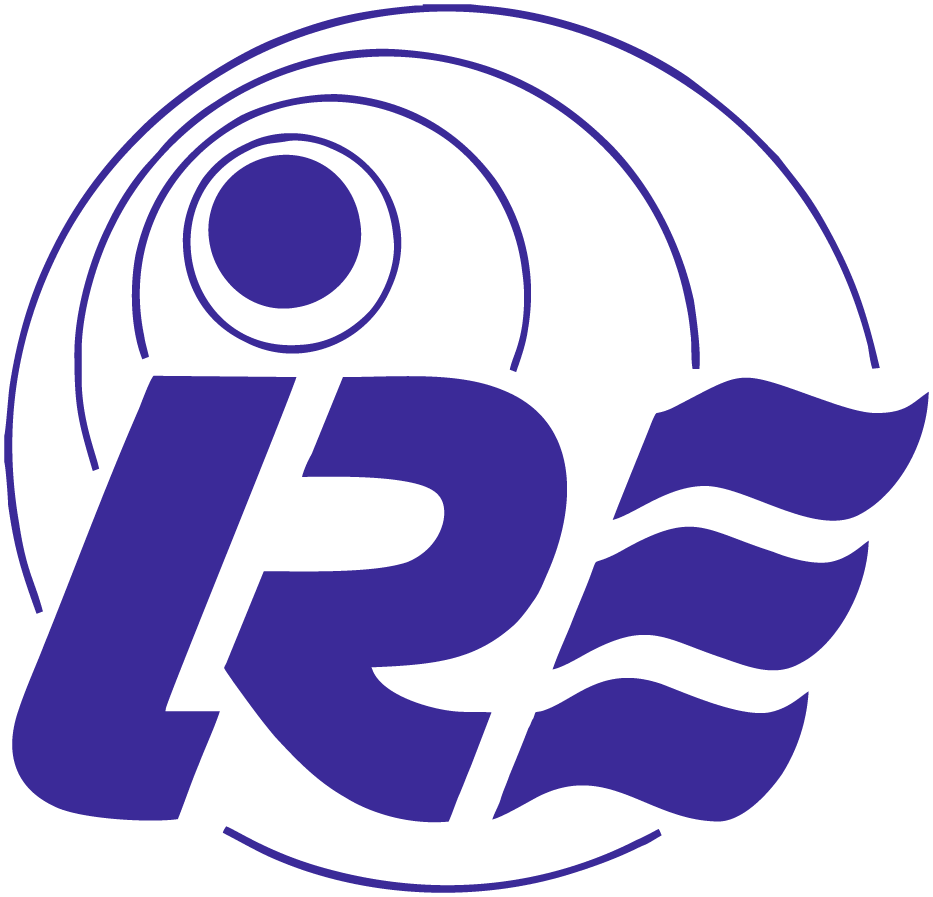In 2010-2014 the workers of the department of Biological Physics conducted joint researches with several scientific and educational organizations:
- Sevastopol National Technical University, Sevastopol: study of the competitive binding of several types of biologically active compounds with DNA (Beshnova D.A. A novel computational approach “BP-STOCH” to study ligand binding to finite lattice / D. A. Beshnova et al. // Biopolymers. – 2011. – 95, N.3. – P.208-216);
- Bogolyubov Institute for Theoretical Physics NASU, Kyiv: study of the formation of fractal structures in the films of DNA in the presence of various metal ions under their relative concentrations changing (Perepelytsya S.M. Texture formation in DNA films with alkalimetal chlorides / S.M. Perepelytsya, G.M. Glibitskiy, S.N. Volkov // NANOBIOPHYSICS: Fundamental and Applied Aspects, Third Symposium. – Kharkiv, 2013. – P.112).
- I. Verkin Institute for Low Temperature Physics and Engineering NASU: study of the interaction between polynucleotide matrices and metal ions (Sorokin V.A., Usenko E.L., Valeev V.A., Bereznyak E.G., Andrushchenko V.V. Interaction of Zn2+ ions with single-stranded polyU and polyC in neutral solutions // J. Phys. Chem B. ( in press)).
- Institute for Problems of Cryobiology and Cryomedicine NASU: study of thermal transitions in DNA-biologically active substances systems (Gerus A.A. Influence of flavin mononucleotide on interaction in the ethidium bromide-DNA / A.A. Gerus, A.V. Fomin, N.A. Gladkovskaya, E.G. Bereznyak, E.V. Dukhopelnikov, A.S. Khrebtova, A.V. Zinchenko // Biophysical Bulletin, 2014, №1).
- N. Karazin Kharkiv National University:
- with the Department of Molecular and Medical Biophysics the next researches were carried out: “Mechanisms of influence of physical factors and biologically active substances on DNA, proteins and biomembranes”, “Structural reorganizations of biomacromolecules and cells under interaction with nanoparticles and biologically active substances”;
- with the Department of Biochemistry: study of the peculiarities of formation of collagen structure depending on the level of hydration (Ponomarenko A.M. Changes of hydration level in type I collagen and glycosaminoglycans synthesized in the rat’s skin under the mechanical stress / A.M. Ponomarenko et al. // European Researcher. – 2013. – 44, N 3-2. – P.666-672);
- Institute for Chemistry: study of the formation of fractal structures in the films of DNA in the presence of silver ions (Glibitskiy G.M. Interaction of DNA with silver nanoparticles / G.M. Glibitskiy et al. // Ukr. J. Phys. – 2012. – 57, N 7. – P.695-699).
- Institute of Dermatology and Venereology AMSU: using the original hardware recording complex basing on EHF dielectrometer the measurements of the permittivity of blood samples are carried out in order to develop and modify the diagnostics from the state of blood plasma elements in the clinical conditions of limited scleroderma (Kondakova G.K. Combined influence of THz and mm radiation on antioxidant status and osmotic hemolysis of erythrocytes in vitro / G.K. Kondakova et al. // Dermatology and Venereology. – 2010. – №4 (50). – S.33-37); sensitization of erythrocytes to a new generation of anesthetics is being estimated (Soloshenko E.N. Estimation of the dielectric permittivity of erythrocytes under sensitization to anesthetic artifrin using EHF dielectrometry / E.N. Soloshenko et al. // Dermatology and V – 2013 .- № 3 (61). – P. 32 – 37).
Members of the Department participated in the following projects:
- Grant of the international program “Human Genome”, 1991-1994.
- Project of the State Fund for Fundamental Research: Project 02.04 / 00759 (“Delta”) – “Experimental and theoretical study of hydration-dependent processes of stabilization of natural and model nucleic acids structures”.
- Project 02.04 / 00764 (“Gamma”) – ” The study of molecular mechanisms of gamma radiation effect on DNA, fibrinogen and intercellular interactions”.
- Project of the State Fund for Fundamental Research: Project 02.07 / 00004 “Investigation of physical mechanisms of DNA macromolecules functioning under non-equilibrium conditions”.
- EU INTAS Grant 97-31753, 1999-2002: “Design, synthesis and testing of novel biologically-active molecules as potential drugs with sequence-specific binding to nucleic acids”.
- STCU project № 2155 “Comprehensive study of the mechanisms of interaction of ions and solids and the development of quantitative methods for diagnosing the state of solids at the atomic level” (in collaboration with V.N. Karazin Kharkiv National University and B.I.Verkin ILTPE NASU), 2003-2006.
- STCU project № 3870 “Innovative millimeter range dielectrometer for determination of the authenticity of wines and fruit juices” (in collaboration with the Research Institute “Magarach”), 2007-2010.
- STCU project № 4872 “Strategic planning of Ya. Usikov Institute for Radiophysics and Electronics NASU”, 2009-2012.
- Application of dielectrometry method and modulated terahertz radiation for the development of biosensors for testing the level of water pollution by microalgae cells in aspect of solar activity (Grant Academy of Sciences, Germany (Deutscher Akademischer Austauschdienst, DAAD)).
- “Efficiency of cells membranes permeability modulation for transmembrane drugs delivery via terahertz laser treatment”, 2015-2016. International design competition of the International Agency for the Development of Culture, Education and Science (IADCES), Australia (in cooperation with PI “Institute of Dermatology and Venerology” AMS of Ukraine).

 07.04.2015
07.04.2015